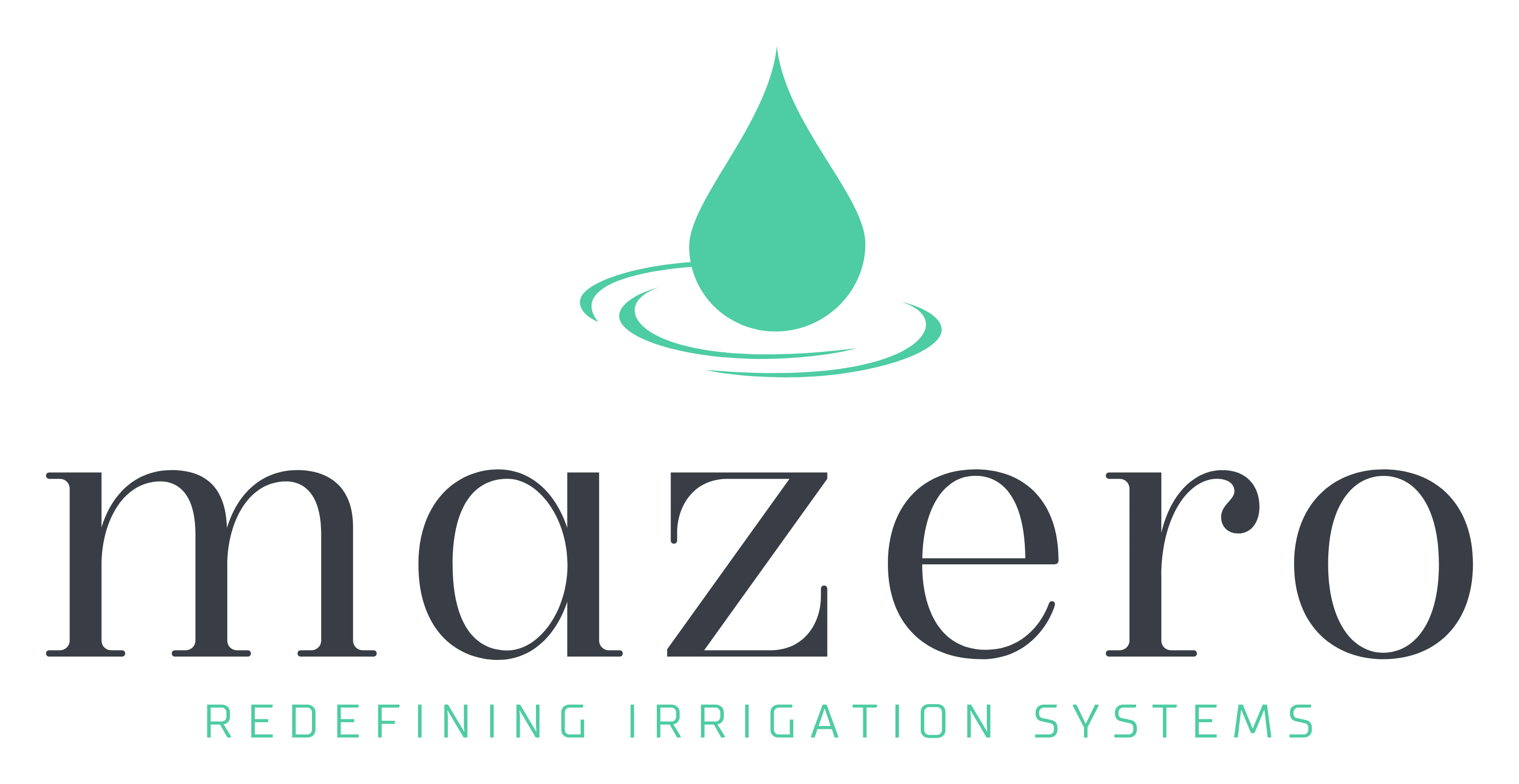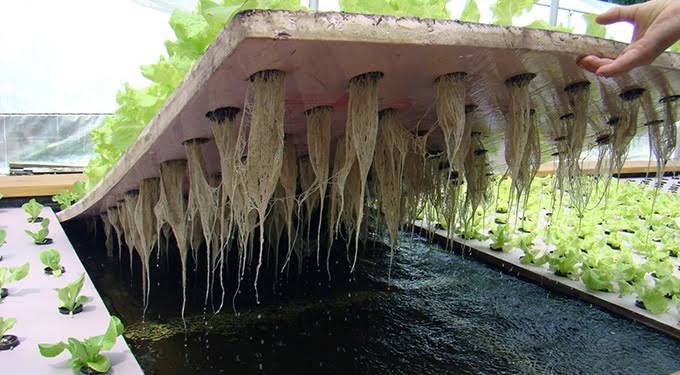Can You Reuse Coco Coir When Growing in the Soilless Medium? Coco coir is a popular growing medium used in soilless cultivation due to its excellent aeration, water retention, and nutrient-holding properties. However, the question that arises among growers is whether coco coir can be reused in subsequent…
Comparing Hydroponics and Soil Cultivation When it comes to growing plants, two popular methods stand out: hydroponics and soil cultivation. Both techniques offer their own unique set of benefits and challenges. Hydroponics is a technique that involves growing plants in a nutrient-rich water solution, without the use of…
Hydroponics vs soil cultivation: Which one should you use in 2024? As the world grapples with the challenges of a growing population, climate change, and limited resources, finding sustainable and efficient methods of food production has become increasingly important. Two methods that have gained significant attention in recent…
From Small Spaces to Big Harvests: Tips That Can Help You Grow More With Less in Vertical Gardening With the increasing population, land size that can be used for farming has reduced, while at the same time the demand for food has kept soaring. Feeding this growing population…
Living in a small apartment or having a limited balcony space doesn't mean you have to forego the joy of gardening. Vertical gardening offers a creative solution for maximizing greenery in small, confined areas. In this comprehensive guide, we will delve into the world of vertical gardening, exploring…
Hydroponic Strawberries: Berries Grown Without Soil Hydroponic farming is revolutionizing the way we think about agriculture. Traditionally, plants are grown in soil, but hydroponics eliminates the need for soil altogether. Instead, plants are grown in nutrient-rich water solutions that provide all the necessary elements for growth. This innovative…
Vertical Farming: Growing More Vegetables in Less Space In a world with a growing population and limited arable land, the need for innovative agricultural solutions is more pressing than ever. Traditional farming methods are facing challenges such as land degradation, water scarcity, and climate change. That's where vertical…
Hydroponic Farming in Kenya: A Revolutionary Approach to Agriculture Hydroponic farming is revolutionizing agriculture in Kenya by offering a sustainable and efficient method of crop cultivation. Unlike traditional farming, hydroponics eliminates the need for soil and uses water with mineral nutrient solutions to nourish plants. This innovative approach…
Aquaponics is a method of farming that combines aquaculture (fish farming) and hydroponics (soil-less plant cultivation) in a symbiotic system. This innovative approach offers numerous benefits, including efficient resource utilization, organic food production, and reduced environmental impact. How Does Aquaponics Work In aquaponics, fish and plants are cultivated…
Hydroponics is the art of gardening without soil. In the absence of soil, water goes to work providing nutrients, hydration, and oxygen to plant life. Drip system hydroponics uses a system of tubes powered by a water pump to deliver nutrient-infused water to plants individually, based on each…










